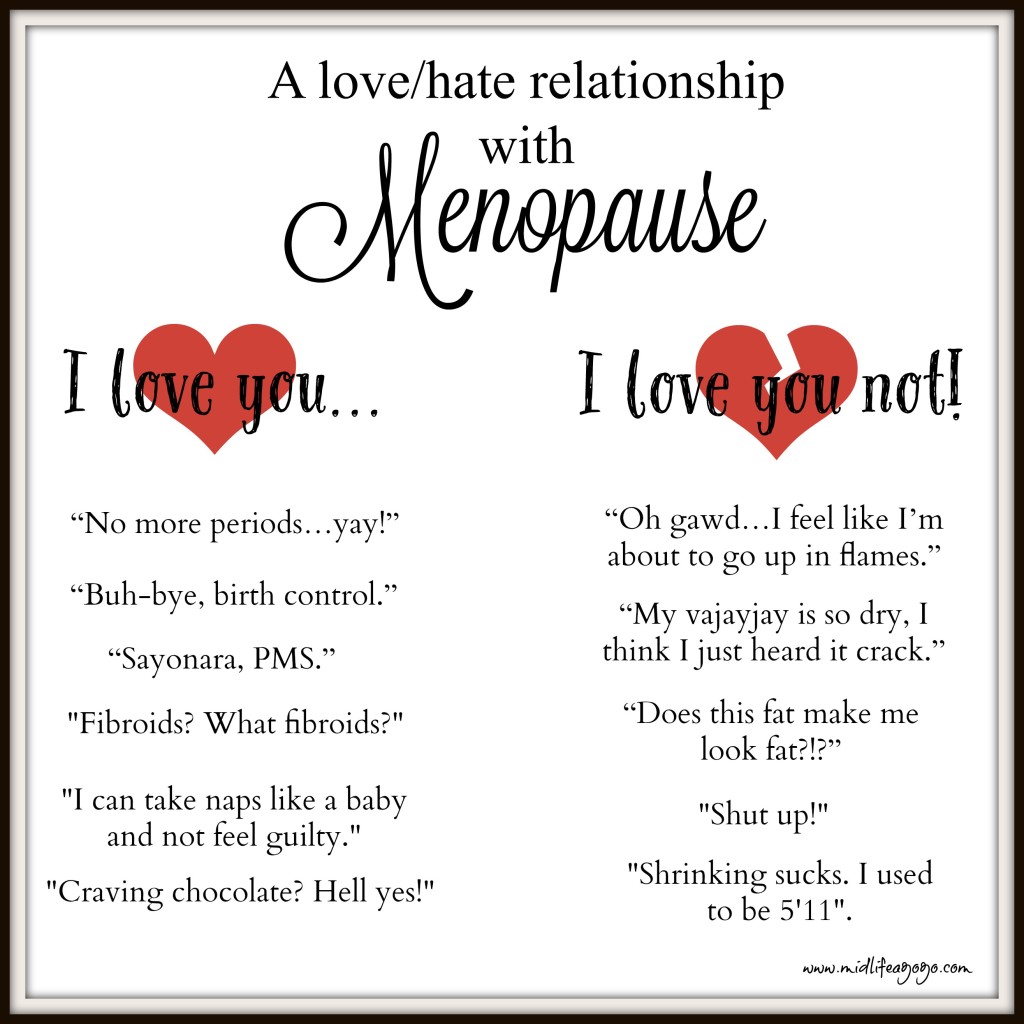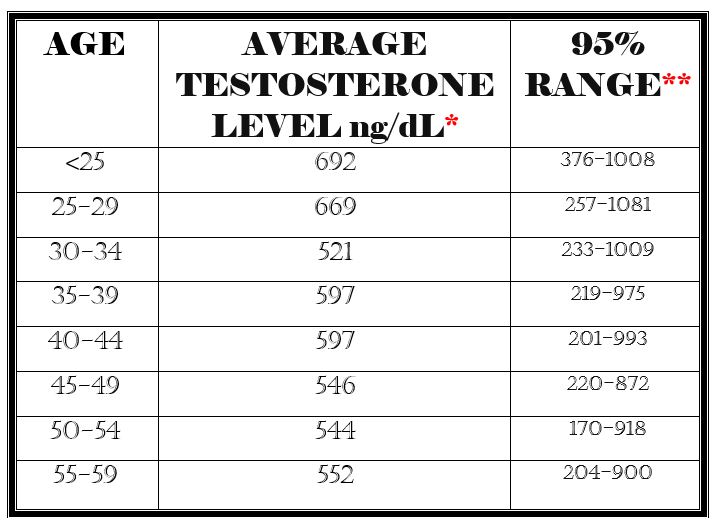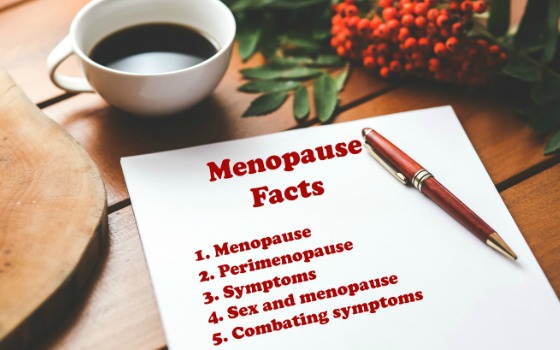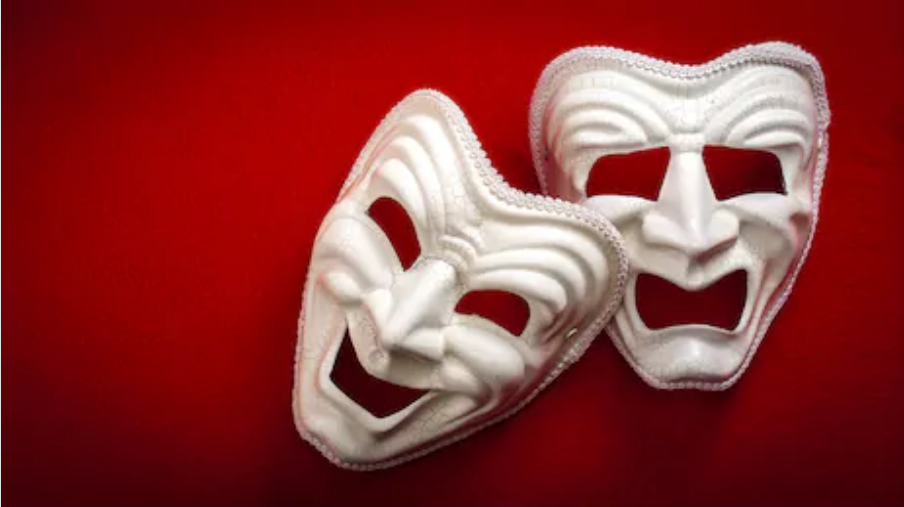When women hit that stage in life known as menopause, unfair things occur within our bodies. The brunt of all this change stems from hormonal changes. As the functioning of our ovaries decreases, so too do the levels of estrogen and other hormones. This, ladies, is the permanent end of our fertility. The party’s over. The well has run dry. The fruit has dried up.
Many of us have been hit hard with the big, hairy menopause stick, while others only received a slight tap. Either way, we tend to have a love/hate relationship with menopause.
This, however, does not mean that we aren’t still vibrant, sexy and phenomenal creatures…we are. But did you know that women aren’t the only ones who go through a change of life? Yes ladies, the playing field is leveled.
A form of male menopause exists, and it’s not called “men-on-pause” (although it should be!). Many doctors refer to it as “andropause” (‘andro’ refers to male). Yes, men too suffer from hormonal imbalances.
As men age, their testosterone levels drop. Unlike with women, whose production of hormones drops suddenly, testosterone tends to take its slow-as-molasses-in-the-winter time in decreasing, ergo, the decrease and development of symptoms for men is a more gradual process. While a man’s testosterone levels may be raging and all a’plenty when he is younger, on average once he reaches age 30 there can be a decline of about 1% a year. [Citing Mayo Clinic] (See chart below for average normal testosterone levels by age, up to age 59). In other words, it could take decades for a man to experience andropause. Most won’t even know they have low testosterone levels until they are diagnosed through a blood test. And, get this: some men never experience male menopause.
Life isn’t fair, ladies.
So What Is Considered ‘Normal’ Testosterone Levels?
* Nanograms per deciliter
**The range within which 95% of the measured values lie.
What are Possible Symptoms of Andropause?
I’m so glad you asked. As a result of low testosterone, symptoms can include (but aren’t limited to):
- Erectile dysfunction
- Loss of body hair
- Memory loss
- Irritability
- Fatigue
- Swollen breasts (also known as gynecomastia, or male breasts)
- Sleep problems
- Depression
- Lack of energy
- Increased body fat
- Decreased sex drive
- Loss of strength or muscle mass
Now men shouldn’t get all weirded out if they can tick more than one item off the list. As with women and hormone replacement therapy, testosterone replacement therapy may help to relieve symptoms. Note that this isn’t an endorsement to run out to the doctor and sign up for testosterone replacement therapy; it’s just being tossed out there. Men, talk with your doctor and decide on a cause of action that works best for you. And don’t discount diet and exercise—that’s always a good combination to help keep you healthy.
In the meantime, if you and your partner are experiencing the “pause” at the same time, be one another’s ally. Support each other through the difficult times. Laugh and enjoy one another’s company when times are great. Together, as you enter the post-pause phase of your lives, you can look back and say, “We survived the pause.” Then, go treat yourselves to a chocolate bar.







Such a great article. Loved the mix of humor with useful data!
I urge women to show this to the men in their lives…just so they know THEY go through a ‘change’ as well!
Great read! Sharing on Twitter. 🙂
Thanks Kelly…glad you enjoyed it.
Wonderful information I admit I did not know. So if I get this right, men might start experiencing any, all or none of these symptoms from age 30 on. Thus explaining why men are…..MEN!!!
Hahaha! Precisely! Women can take comfort in knowing we aren’t the only ones experiencing change.